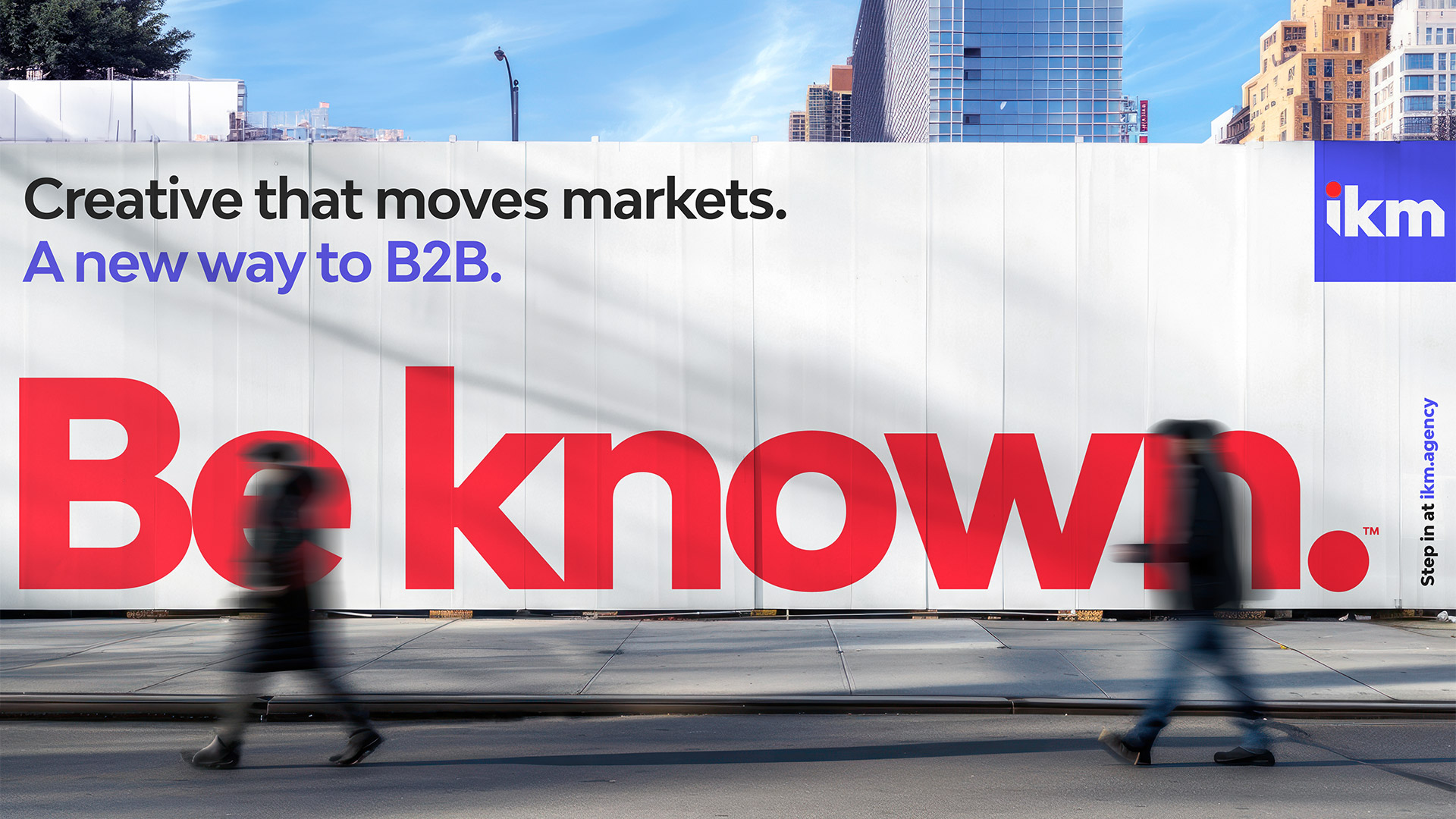A new logo won’t fix your identity crisis. A sleeker website won’t clarify your message. And some rando thing your CMO saw on LinkedIn won’t make your team believe the story. Design can do a lot but it can’t fix what’s broken under the hood. That doesn’t stop companies from trying though.
The Problem Isn’t the Look. It’s the Foundation.
Most redesign conversations start the same way. The brand feels outdated or a competitor’s move makes it seem like you’re falling behind. There’s nothing wrong with wanting to evolve. The issue is when companies jump into aesthetics without asking the hard questions first.
If your positioning is unclear, your messaging inconsistent, and your internal team is still arguing about what you do and who you serve, a visual refresh won’t solve it. It’s not a design problem. It’s a brand problem. Design can’t clarify a brand that isn’t aligned. All it does is make the confusion look better.
Design should reflect something true. It should bring focus to what already works. If your story doesn’t hold up in a sales deck, it won’t hold up on a homepage. In other words, design can amplify a brand but it can’t anchor one.
It’s Time to Start Asking the Right Questions
If your brand feels disconnected, it probably is. Not because the design is bad—but because it’s trying to do too much on its own.
If your team’s stuck rewriting the homepage every quarter, or if your sales deck feels like a group project with no thesis, those aren’t design problems either. They’re symptoms of a story that’s not sharp enough yet.
Before you dive into a new aesthetic or chase another round of inspiration, take a step back and get clear on what really matters. If the goal is stronger positioning, here’s where to start:
· Define what you do and who it’s for: If your audience can’t tell in a sentence or two, they’ll move on.
· Clarify your difference: What sets you apart? Why would someone choose you over anyone else?
· Pressure-test your messaging: Can your team explain it clearly? Can your customers repeat it back?
· Look for alignment: If your sales team, website, and leadership all tell a different version of the story, your strategy’s not ready yet.
· Build the brand around the truth: Don’t invent a new story to chase attention. Own the one that’s already working and make it sharper.
Rushing into design without strategy doesn’t just waste time. It drains budget, confuses your audience, and undermines the credibility you’re trying to build.
These steps don’t require a full rebrand to get started. But they do require honesty, clarity, and internal alignment before anyone opens Figma.
Brand Clarity Isn’t a Luxury—It’s a Multiplier
If your team is still treating brand like window dressing, you’re missing the point. Brand clarity shapes everything: how you pitch, how you scale, how your team shows up, and how your market remembers you.
Design can absolutely help bring that clarity to life—but only if it has something real to work with. So before you chase another trend, take the time to figure out who you really are.
Nail that, and everything else starts to click.


